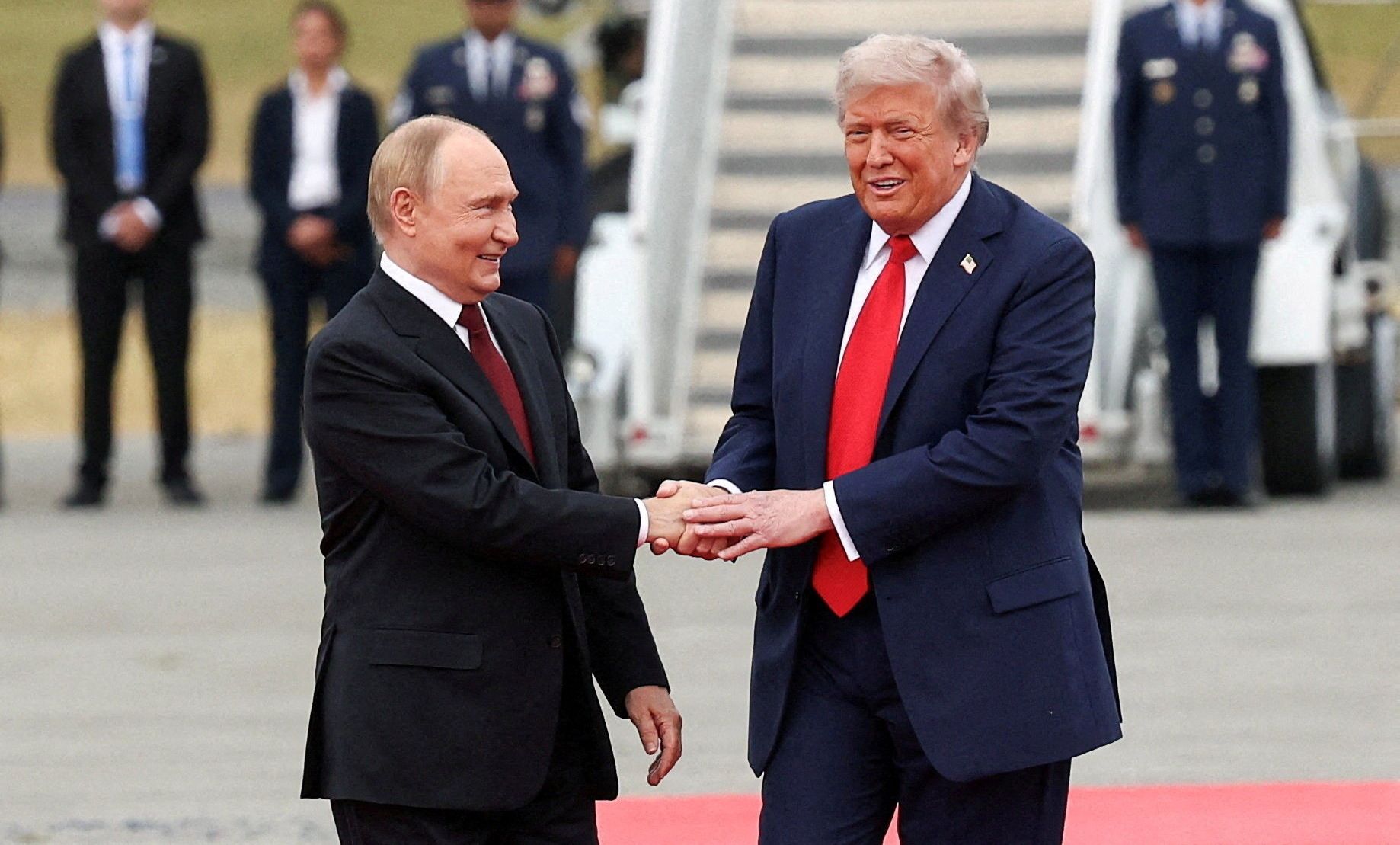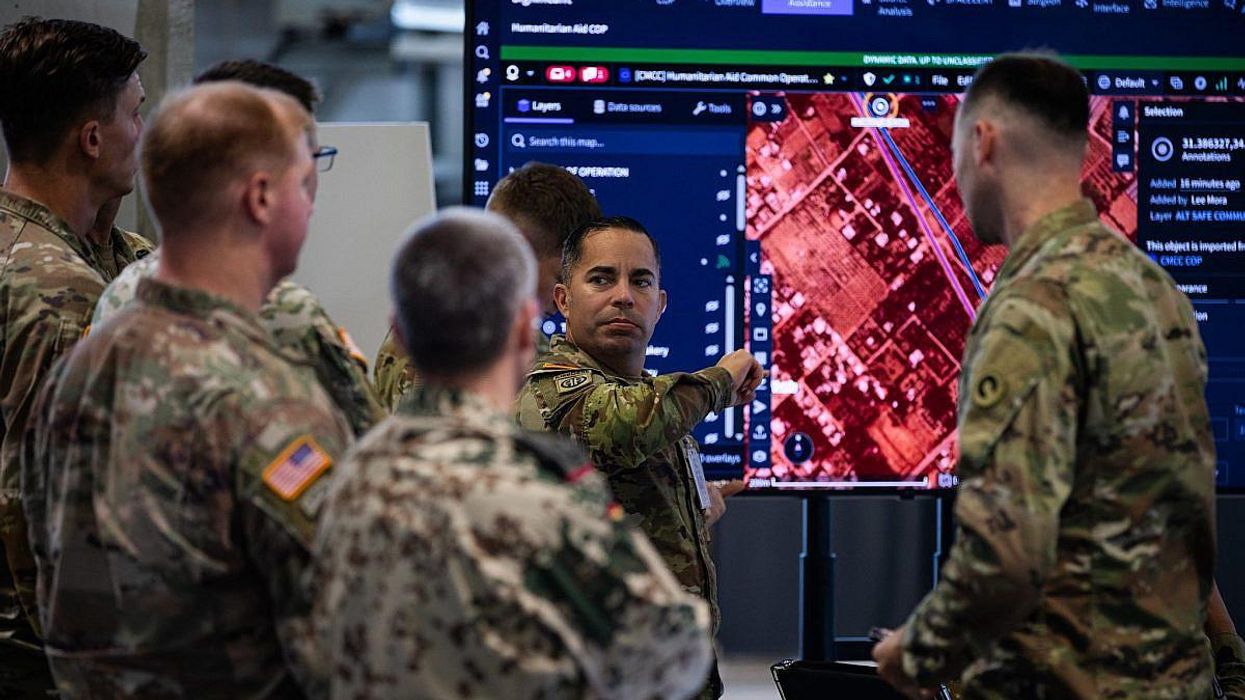Most of the Western commentary on the Alaska summit is criticizing President Trump for precisely the wrong reason. The accusation is that by abandoning his call for an unconditional ceasefire as the first step in peace talks, Trump has surrendered a key position and “aligned himself with Putin.”
This is nonsense. What Trump has done is to align himself with reality, and the real charge against him is that he should probably have done this from the start, and saved six months of fruitless negotiations and thousands of Ukrainian and Russian lives. Moreover, by continually emphasising a prior ceasefire as his key goal, Trump set himself up for precisely the kind of criticism that he is now receiving.
He is now entirely correct in saying that he wants “to go directly to a Peace Agreement, which would end the war, and not a mere Ceasefire, which often times do not hold up.”
The Russian side made clear from the very start of negotiations that they would not agree to an unconditional ceasefire. Indeed it would have been completely illogical for them to do so, given that military pressure on Ukraine, and advances on the battlefield, are by far the most important leverage that Russia can bring to bear at the negotiating table.
The refusal to recognize this on the part of Western analysts and European governments betrays either an inability to understand obvious realities or a desire that the war should continue indefinitely, in the hope that Russia will eventually accede to present Ukrainian conditions for peace. That would make sense if Ukrainian conditions were realistic, and if developments on the battlefield were in Ukraine’s favor. But some of Ukraine’s demands are completely unacceptable to Moscow, and Ukraine and the West have no way of compelling Russia’s agreement, since it is the Russian army that is advancing (albeit slowly) on the ground and the West cannot provide soldiers to supplement Ukraine’s increasingly outnumbered and depleted forces.
The call for a ceasefire without a peace agreement is also contrary to the real interests of Ukraine and Europe. Such a ceasefire would be extremely fragile, and even if (mostly) observed by the two sides, would lead to a semi-frozen conflict at permanent risk of erupting again. This would make it vastly more difficult for Ukraine to carry out the reforms and economic development necessary for it to even begin to proceed towards membership of the European Union.
It is understandable that NATO governments are distrustful of Moscow’s intentions; but if they are to take a practical and viable approach to peace negotiations they have to recognize that Russians are also distrustful of their intentions, and in part with good reason. In international affairs — and history — there is also no such thing as a permanent and absolute security guarantee, as presently demanded by the Europeans.
Short of the complete defeat and subjugation of one side — which is out of the question in Russia’s case — the best that can realistically be hoped for is a combination of deterrents and incentives that will discourage a return to arms for a long time to come.
A semi-frozen conflict would also be bad for the European continent as a whole. It would create a long-term risk of a return to war in Ukraine and European entanglement in the war, when long-term U.S. military support for Europe in these circumstances is all too obviously no longer guaranteed.
On the other hand, as highlighted last week in Responsible Statecraft, the resulting need and hope for U.S. support would force the EU and European states into deeper and deeper dependence on an undependable U.S., resulting in more of the kind of economic surrender over tariffs and subservience to U.S.-agendas in the Middle East that we have seen in recent months. If continued, such humiliations will undermine the domestic prestige of European establishments and threaten civil peace and liberal democracy in ways that Moscow could never hope to achieve.
Worst of all, at least according to its latest statement, the so-called European “coalition of the willing” might try to use a ceasefire to insert a European military force into Ukraine, even without a comprehensive agreement:
“Ukraine must have robust and credible security guarantees to effectively defend its sovereignty and territorial integrity. The Coalition of the Willing is ready to play an active role, including through plans by those willing to deploy a reassurance force once hostilities have ceased. No limitations should be placed on Ukraine’s armed forces or on its cooperation with third countries. Russia could not have a veto against Ukraine‘s pathway to EU and NATO.”
This is either insanity or duplicity because every European government (and the Biden administration) has already stated that they are not prepared to go to war to defend Ukraine. Even the government of Poland ruled out sending troops to Ukraine. The British government has been foremost in proposing such a force — but has also said that it can only take place with a guaranteed U.S. “backstop” which the Trump administration has so far ruled out. Opinion polls show European publics deeply divided on the question of sending troops to Ukraine.
Are European governments really prepared to send wholly inadequate numbers of their soldiers into the middle of an unsolved conflict? Or given that Russia has categorically ruled out accepting such a force as part of a peace settlement, is this really a duplicitous way of trying to block an agreement?
The same is true of the statement that Ukraine’s path to NATO should remain open. Preventing this was a key part of Moscow’s motivation for launching this war. Insisting on this condition would therefore block a peace agreement — and yet at the same time be completely empty and hypocritical, given the stated and demonstrated refusal of NATO governments to go to war to defend Ukraine. Official statements about European states’ “unwavering solidarity” is pointless, since the Russians do not believe it — and extremely dangerous, if the Ukrainians do believe it.
None of this should be taken as saying that all of Russia’s conditions are acceptable or should be accepted. Putin appears to have dropped one impossible demand, that Ukraine withdrawal from the whole of Kherson and Zaporizhia provinces. The remaining Russian demand is for the Ukrainian army’s withdrawal from the part of Donetsk that it holds, in return for Russian withdrawal from much smaller parts of Kharkiv and other provinces.
Trump is reportedly advising the Ukrainian government to accept this. They are refusing to do so, which is very understandable, but also mistaken if by accepting this they can get a stable peace and Russian compromise in other areas — notably, in Moscow’s demand for Ukrainian “demilitarization.” For realistically speaking, the Ukrainian army seem to be in the process of losing this land anyway.
We will know much more about present Russian conditions when Trump meets with President Zelensky on Monday. Trump is engaged in a form of shuttle diplomacy between the two combatants; and the only fairly unusual thing about this is that it is the U.S. president who is doing this, rather than the secretary of state or national security adviser.
Is Trump wise to place the prestige of the U.S. presidency on the line in this way? We should at least give him credit for moral courage. It is also true however that while Putin is hardly the “global pariah” of Western political and media rhetoric he is clearly eager to restore relations with the U.S. and maintain them with Trump; and if a personal meeting with the American president and a ride in the presidential limousine are the price of reducing Russian demands on Ukraine, it is a price well worth paying.
- On Ukraine war, Euro leaders begin to make concessions — to reality ›
- Trouble in Russian economy means Putin really needs Alaska talks too ›
- Deal or no deal? Alaska summit ends with vague hints at something ›
- Zelensky White House meeting today could spell end of the war | Responsible Statecraft ›
- 'Security guarantees' take center stage at White House meetings | Responsible Statecraft ›
- Diplomacy Watch: A practical plan for a ceasefire in Ukraine | Responsible Statecraft ›
















